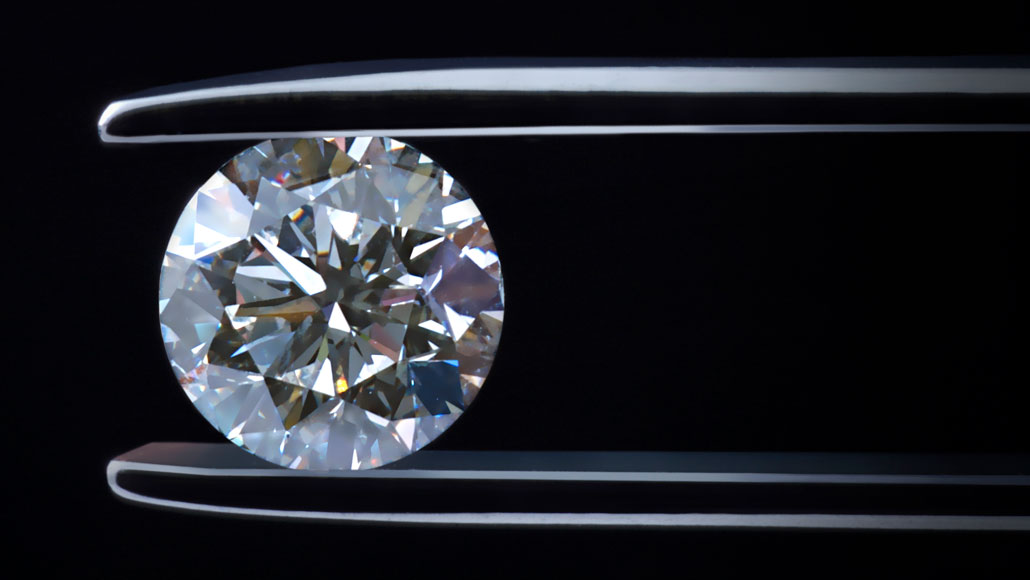Diamond holds up at pressures more than five times those in Earth’s core
The findings could help researchers understand the inner workings of carbon-rich planets

Diamond holds up under pressure, maintaining its structure in laser experiments that reached more than five times the pressure at the center of the Earth.
Maciej Toporowicz, NYC/Getty Images